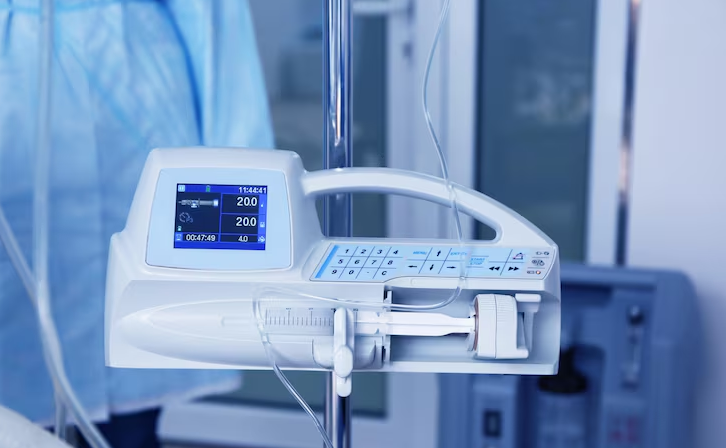Dialysis is not like any other medical procedure. It is a boon for the patients struggling with kidney issues. It is a medical treatment that removes waste products, excess fluid, and toxins from the blood. Are you planning to set up a medical unit for dialysis and worrying about what dialysis machine you need? Learning about the processes in detail helps in making a list.
What are the Types of Dialysis?
Dialysis is the process of clearing waste material from the body, which the kidneys are supposed to filter out. As the kidneys are not functioning properly, this medical procedure helps eliminate waste. Common wastes include nitrogen waste (urea), muscle waste (creatinine) and acids. There are two types of dialysis- hemodialysis and peritoneal dialysis.
Hemodialysis
Hemodialysis is one of the most common types of dialysis, in which blood is removed from a vein in the arm through a catheter inserted into the vein. Later, it gets filtered through an artificial kidney (dialyser) and returns clean blood to your body. Some machines get used in this process, and they are-
Haemodialysis Machine
A haemodialysis machine is one of the most important pieces of equipment used in this procedure. It prepares the dialysate and circulates it through the dialyser against the blood flow. Moreover, it controls and monitors the entire process to run it smoothly.
Dialyser
A dialyser is a filter that features a membrane comprising hollow synthetic fibres. In this dialysis machine, the blood circulates, while the dialysate circulates in counter-current outside these fibres. This process repeats, extracts waste, corrects biological abnormalities, and eliminates excess water.
Dialysate or Dialysis Bath
Dialysate, also known as a dialysis bath, is a sterile, electrolyte-balanced fluid primarily composed of purified water. It is designed to remove urea from the blood and excess fluid to support the kidney activities.
Extracorporeal Circuit
The extracorporeal circuit is designed to extract blood through the arteriovenous fistula using an arterial needle. Later, it runs in the dialyser and returns to the body “cleaned” by the venous needle.
Needles
Needles are often not considered the most crucial part of the dialysis procedure; however, they are one of the most crucial components. At the beginning of the process, two sterile single-use needles are inserted into the vascular access port to gain access to the blood. They get connected to tubes that make up the extracorporeal circuit.
Peritoneal Dialysis
In peritoneal dialysis, the lining of your abdomen (peritoneum) filters your blood. The medical professional infuses a dialysis solution (dialysate) into your peritoneum, which helps the blood vessels in the area filter your blood. Later, the solution gets extracted in a bag. This process also requires some dialysis equipment, and some of them are-
Peritoneal Dialysis (PD) Catheter
A peritoneal dialysis (PD) catheter is a soft tube that is attached to the abdominal portion of the patient. It comes with a bag which then fills the peritoneal cavity.
Dialysis Solution
Dialysis solution is a specially formulated solution that is infused through a catheter to remove waste products and excess fluid from the blood. Later, it gets discarded.
Tubing, Connection Devices and Drain Bag
The tubing and connection devices are used to connect the dialysis solution bags and the patient’s catheter to the drainage and cycler system. On the other hand, the drain bag collects all the waste products for disposal.
Miscellaneous objects
Peritoneal dialysis requires additional items, such as an automated PD cycler, masks, alcohol wipes, disinfectant, and other supplies.
Seeking a trustworthy vendor to source dialysis machines? Contact us. At Arivation Healthcare, we offer quality dialysis equipment at competitive prices.
Contact us to book a dialysis machine now.




